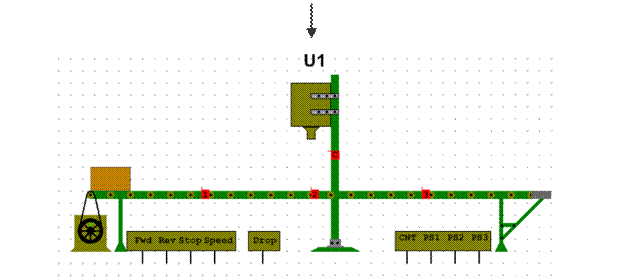PURCHASING AND STORAGE
Purchasing of food, supplies and equipment is one of the many factors determining success or failure for a restaurant. The price and quality of food served largely depend on the price and quality of food bought. Besides, there is a constant need for items such as cleaning supplies, kitchenware, dishes, glasses, flatware,napery and uniforms. Usually the purchasing is done by the manager or chef, in some cases the responsibility is divided, with the chef in charge of food and the manager in charge of other items. Large establishments may employ one or two purchasing agents. Any purchaser must have good knowledge of food, market conditions and the capabilities of the kitchen and the staff. The food buyer must work closely with the menu planner and make suggestions based on price, quality and availability. In large cities there are wholesale merchants who specialize in supplying restaurants; in smaller communities the buyer may have to purchase from retail merchants. The fact that the restaurant is buying in bulk ordinarily gives it a price advantage over the individual family purchaser. Most restaurants do their food buying on the open market. That is, they obtain price quotations from one or more sellers (also called purveyors or vendors),then make a decision based not only on price but also on quality and service. A concept as important as price in restaurant purchasing is yield or the amount of cooked food and number of servings that can be obtained from raw food. There are different categories of foodstuffs for the purchasing agent to consider. The largest and most important is perishable foods:these include meat, poultry, fish, fresh vegetables and fresh fruits. Another category which can be bought in bulk consists of staple foods. They include flour, rice, sugar, spices and other items used on a regular, continuing basis. They are often sold directly by manufacturers or foods processors in extra-large containers. Canned and frozen foods are convenience foods because they are ready to serve with a minimum amount of preparation. Other convenience foods are pre-cooked bakery items such as breads, pies, cakes. Frozen foods have become so important in recent years that many restaurants use vegetables frozen rather than fresh or canned. These are available throughout the year, the quality is standard, the flavour is close to fresh and are cheaper to prepare. Most restaurants have two kinds of storage areas for food: dry storage and refrigerator freezer. The dry storeroom usually contains shelves on which items are arranged so that the foods most often used are the easiest to reach. This storeroom should also be cool to retard spoilage. Like all other areas in the restaurant, it must be kept scrupulously clean: tile, concrete or plastic floors with a drain can help. The storeroom should also have only limited access; it should be kept locked and only a few employees should have keys. Cleaning supplies and any poisons used to control insects or rodents should not be kept in the dry storeroom. They are usually stored in a separate place, often in or near the dishwashing area. The size of the refrigerator depends on the size of the restaurant. Large restaurants ordinarily have walk-in refrigerators or a refrigerated room. They are equipped with hooks from which cuts of meat are hung, as well as shelves for holding items such as eggs, butter and milk. The usual temperature for a restaurant refrigerator is just above the freezing point. Special ice-filled boxes are often provided for fish and seafood which require special concern. A freezer may be included in the refrigerator or may be a separate unit. The freezer and refrigerator, like everything else in the restaurant, should be cleaned often. Checking on the quality of the foodstuffs is ordinarily the responsibility of the chef, dietitian or another expert. In many restaurants, the receiving clerk is also the storekeeper or steward,though in smaller establishments the chef or an assistant chef may do this Work. When the restaurant wants to check on a supplier, the receiving clerk does not get a copy of the purchase order but counts or weighs each item as it is delivered. This record is then checked against the copy of the order retained by the purchasing agent. One of the duties of the steward is to maintain an inventory or count of all items in the storerooms. Regular inventories help control wasteful use of food, supplies and equipment and reveal shortages. An inventory is also one of the methods for preventing pilferage from the restaurant's supplies, unfortunately a fairly common occurrence in many places. Another control method is an issue form indicating the date and quantity an item is taken from the storerooms. These forms are usually signed both by the storekeeper and the individual who withdraws them. A restaurant operation is complicated and good systems for purchasing, receiving and storage are necessary.
|




